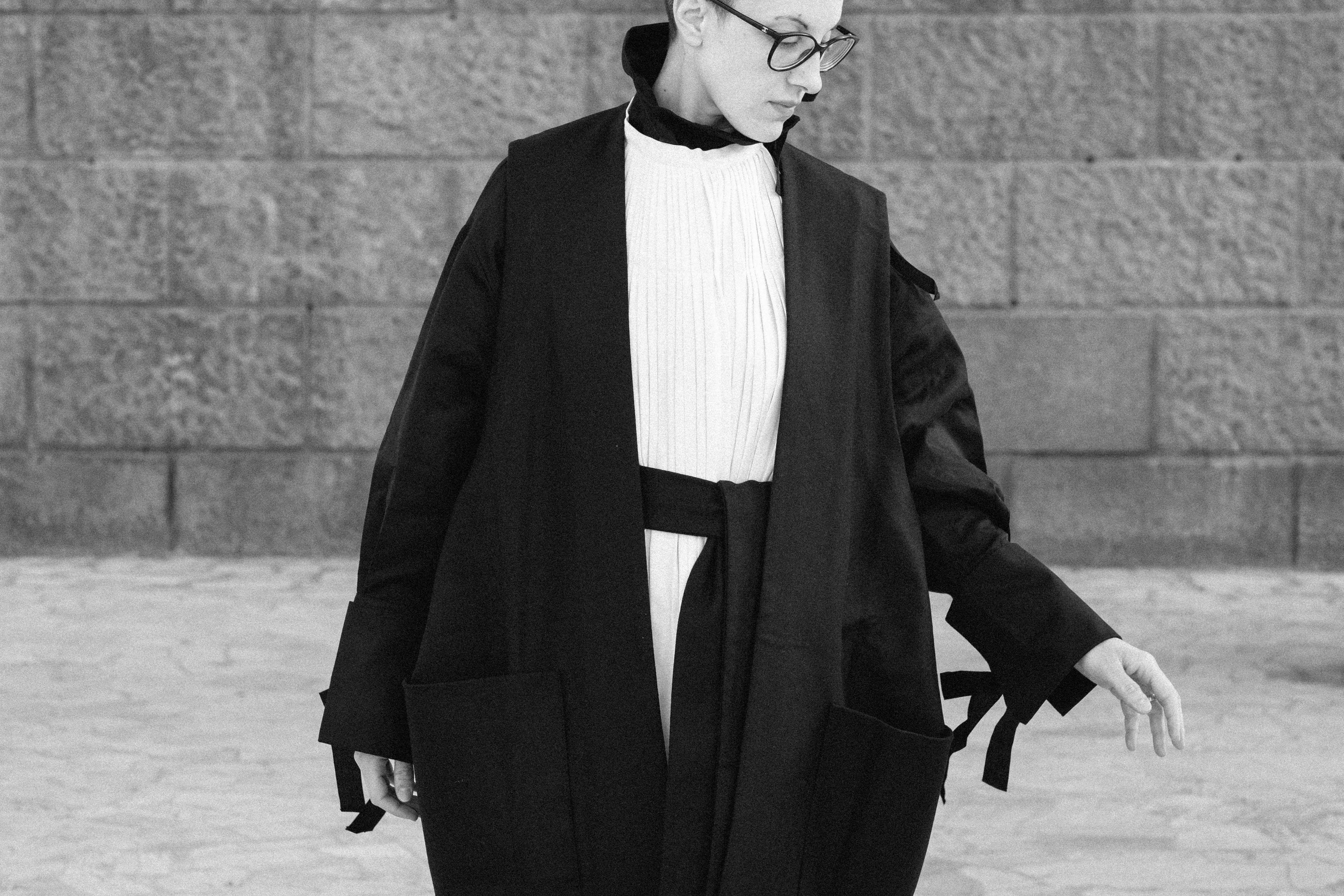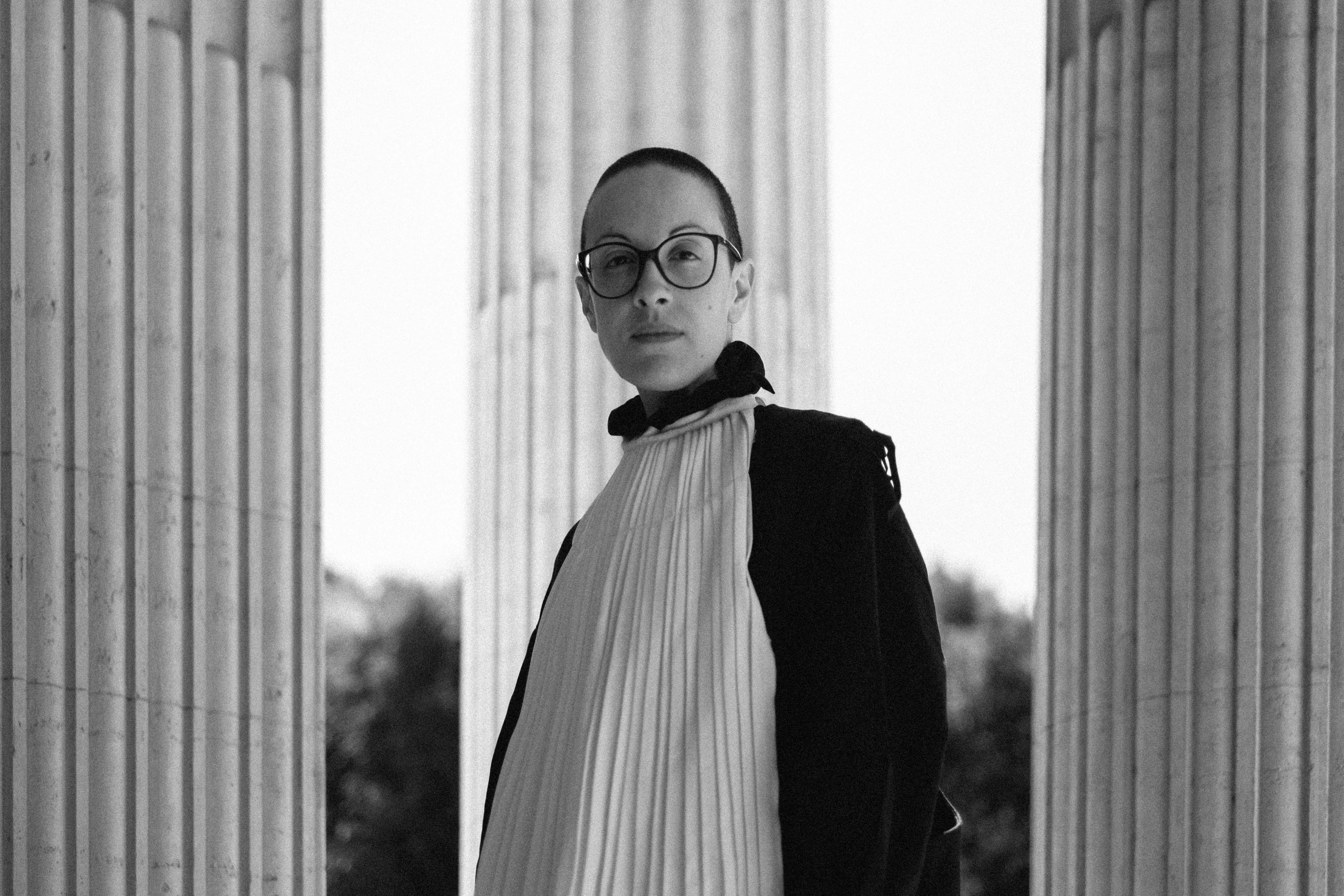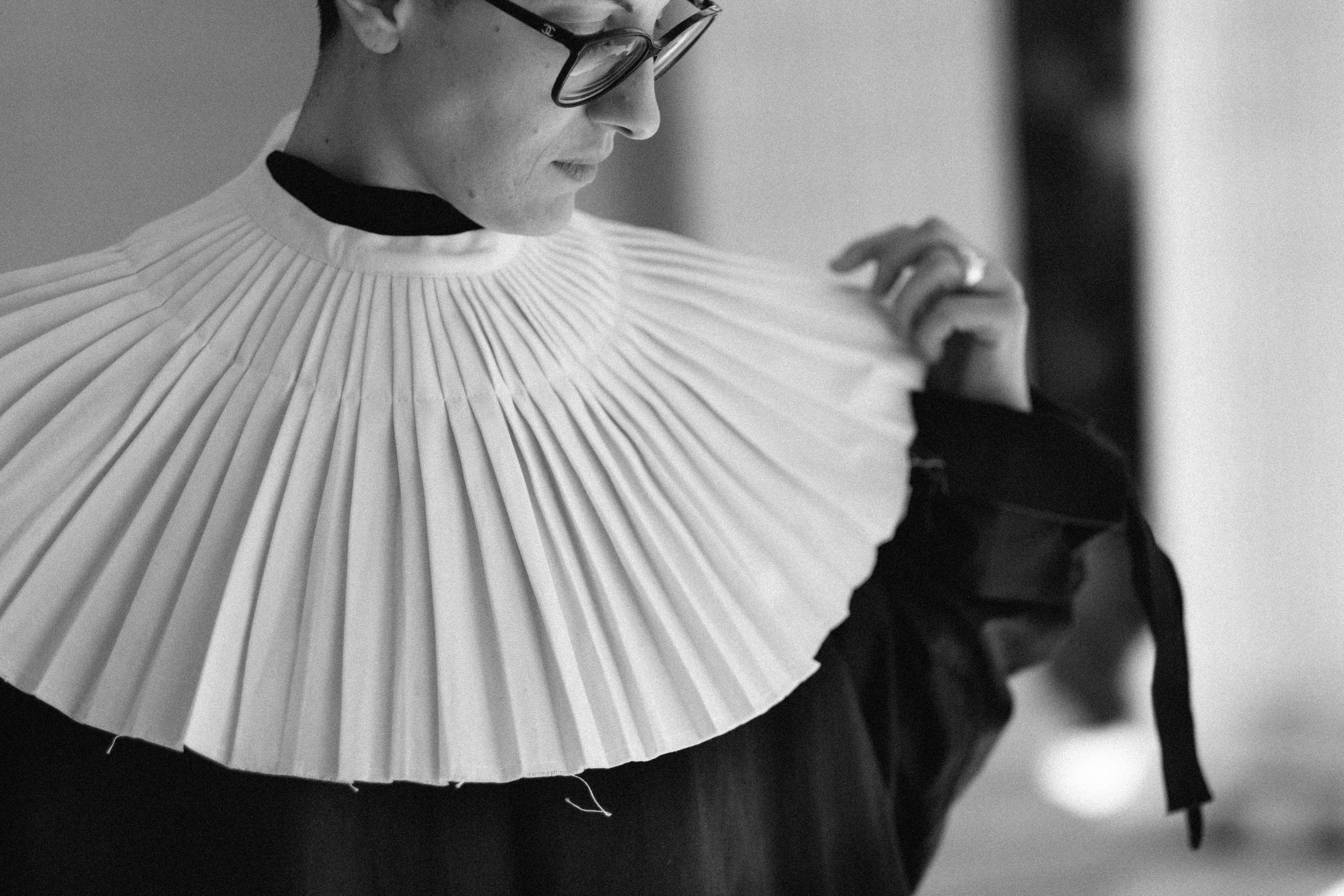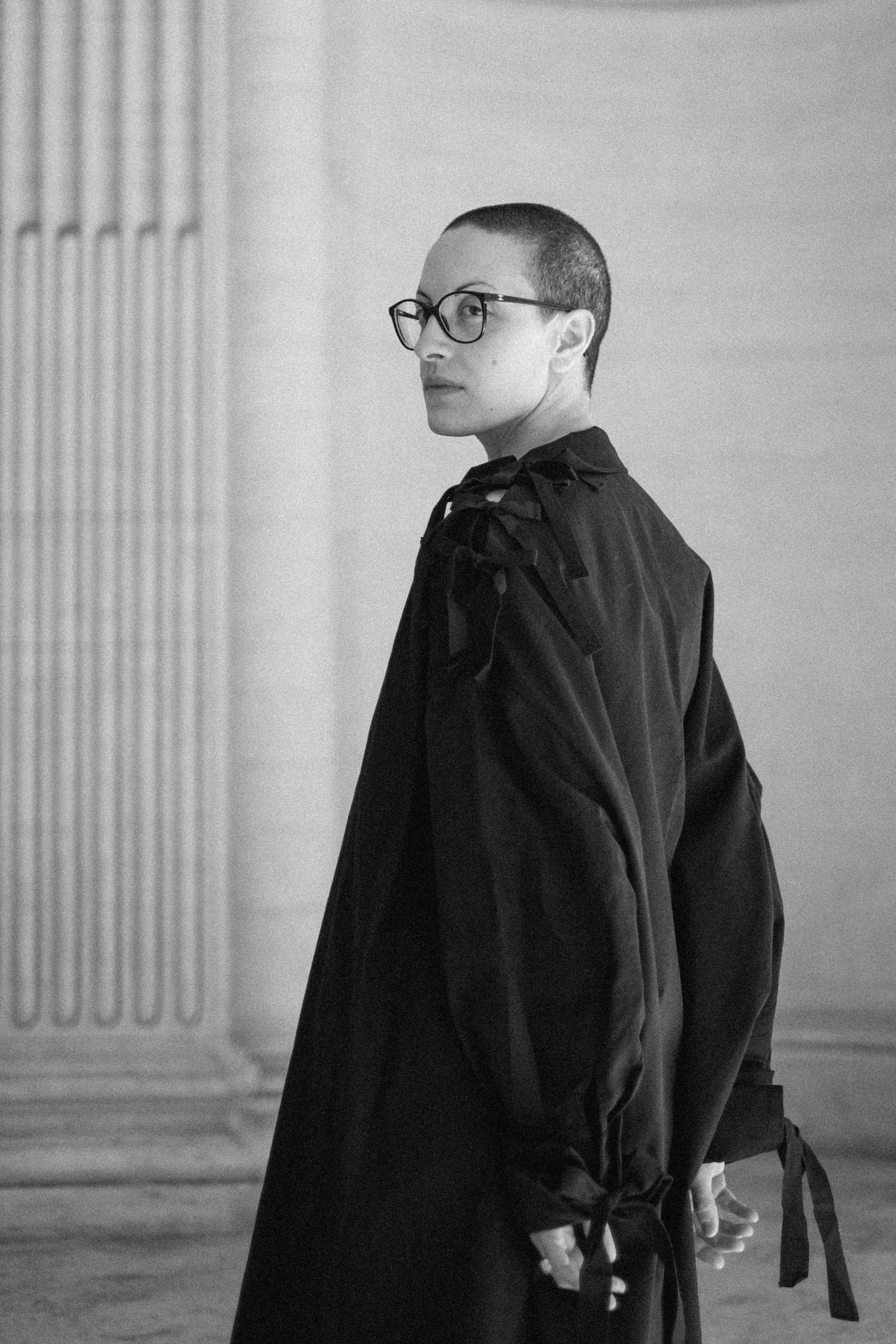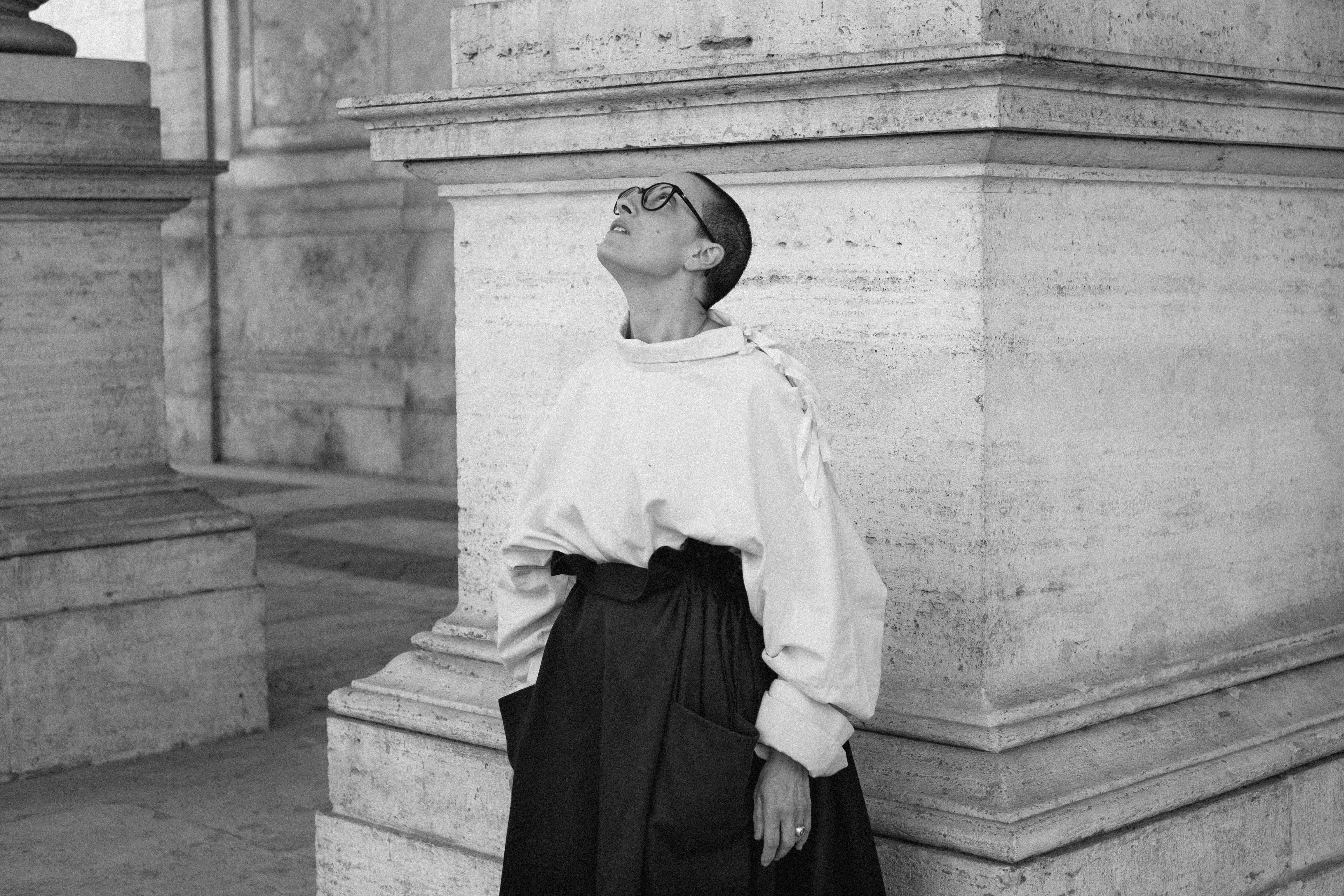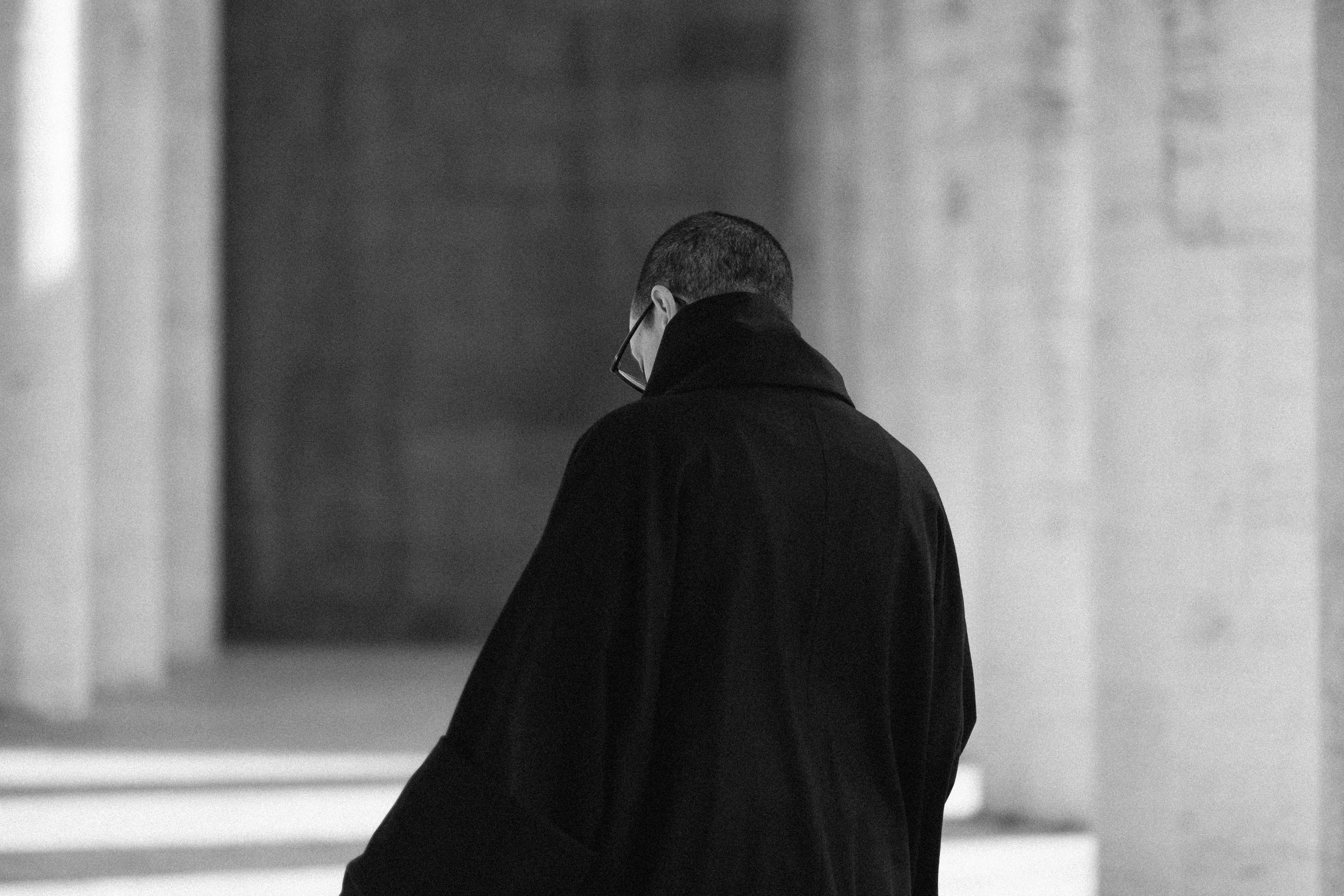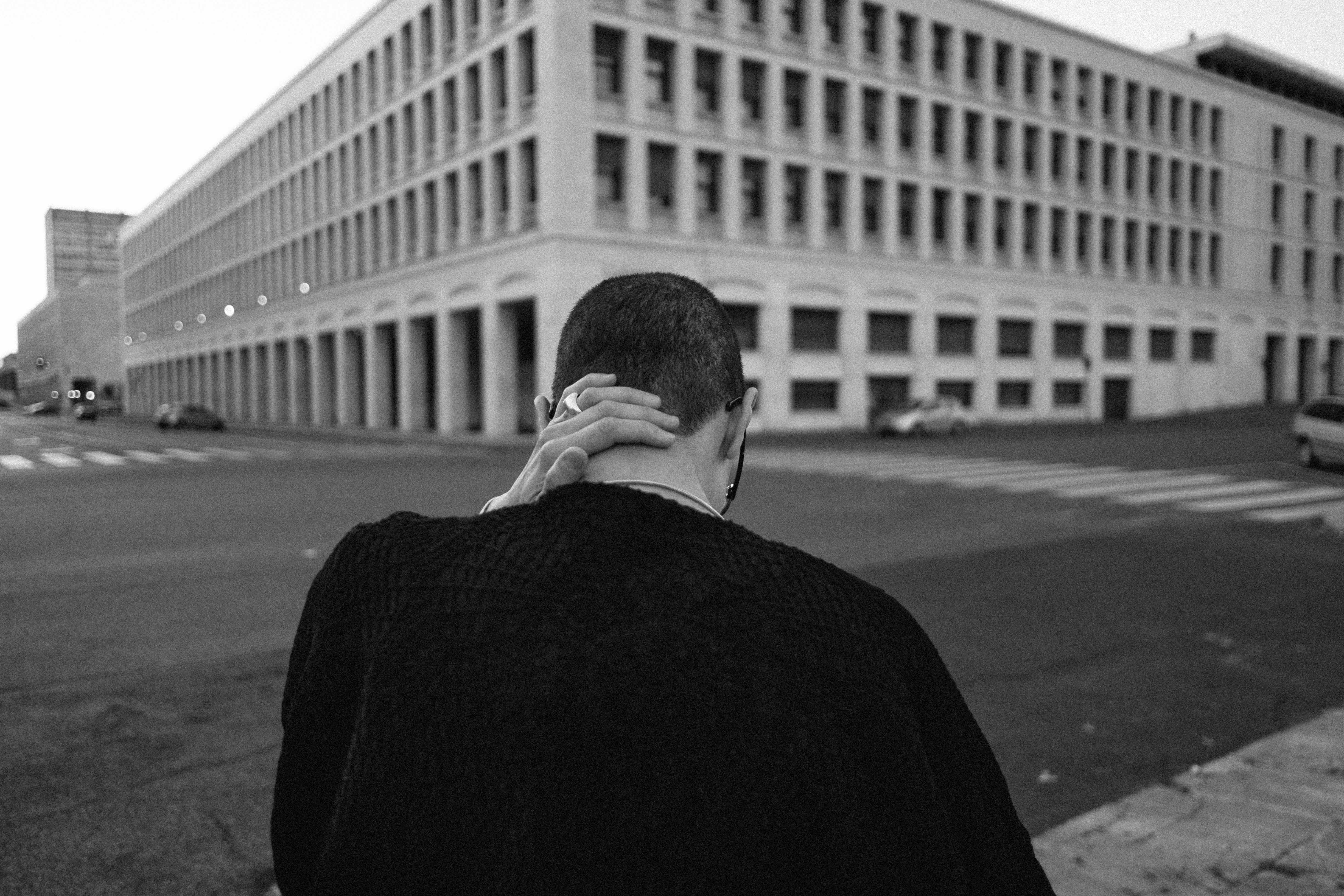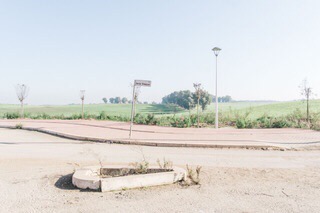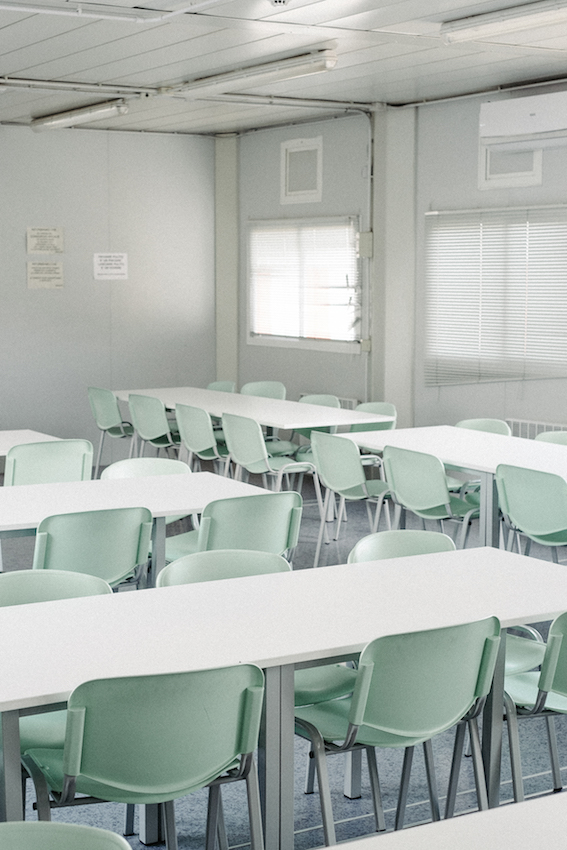
THE WHITE CITY
The place looks like a desert space station, when we go there for the first time.
An empty, white space: corridors, canteen, day rooms all seem to be uninhabited, unoccupied. Yet, there are many people concentrated in this sort of beehive of containers.
Following the 2016 earthquake, the residents of Pieve Torina (Macerata, Italy) have been evacuated en masse; the village has been irreparably destroyed.
Part of the population has been transferred into this temporary citadel of containers, near the village. A surreal setting, proving vaguely dystopian: endless rows of containers.
Crowd and loneliness. Promiscuity and absence. A thousand stories interwined here, inside these tiny cells. A special form of union, forced by the circumstances. A transitory family, becoming alive at meal times, between a lost yesterday and a tomorrow still to be defined.
______________________
LA CITTÀ BIANCA
Il luogo assomiglia a una stazione spaziale deserta, quando ci rechiamo lì per la prima volta.
Uno spazio vuoto, bianco: corridoi, mensa e sale comuni sembrano disabitati. E invece sono tante, le persone che vivono concentrate in questo alveare di container.
A seguito del sisma del 2016, gli abitanti di Pieve Torina (MC) sono stati evacuati in massa; le abitazioni sono quasi tutte inagibili e il centro storico del paese praticamente coincide con la zona rossa, irrecuperabile.
Parte della popolazione è stata trasferita in questa cittadella temporanea di container, ai margini del paese. Un’ambientazione surreale, vagamente distopica: file e file di container affastellati gli uni agli altri, senza una fine apparente.
Folla e solitudine. Promiscuità e assenza. Sono mille, le vicende di vita che si intrecciano qui, all’interno di queste celle microscopiche. Un universo composito, incredibilmente e inevitabilmente umano: una forma speciale di unione, forzosa, imposta dalle circostanze.
Una famiglia transitoria, che si rianima solo ad orario secondo la scansione immutabile dei pasti e del sonno, di passaggio tra uno ieri irrimediabilmente perduto e un domani ancora da definire.
Pieve Torina (MC, Italy), 2017
This is a selection of photographs from our project.








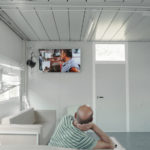

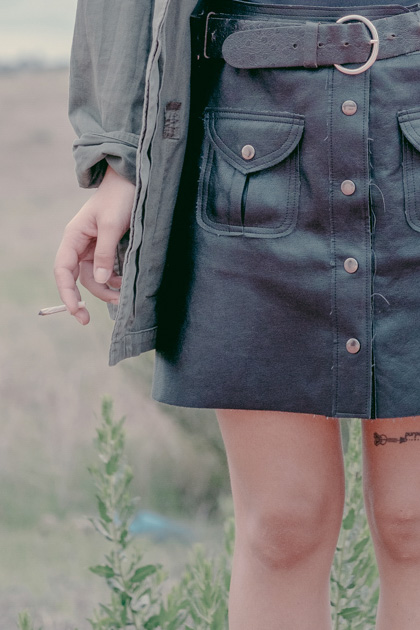



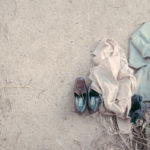
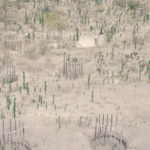

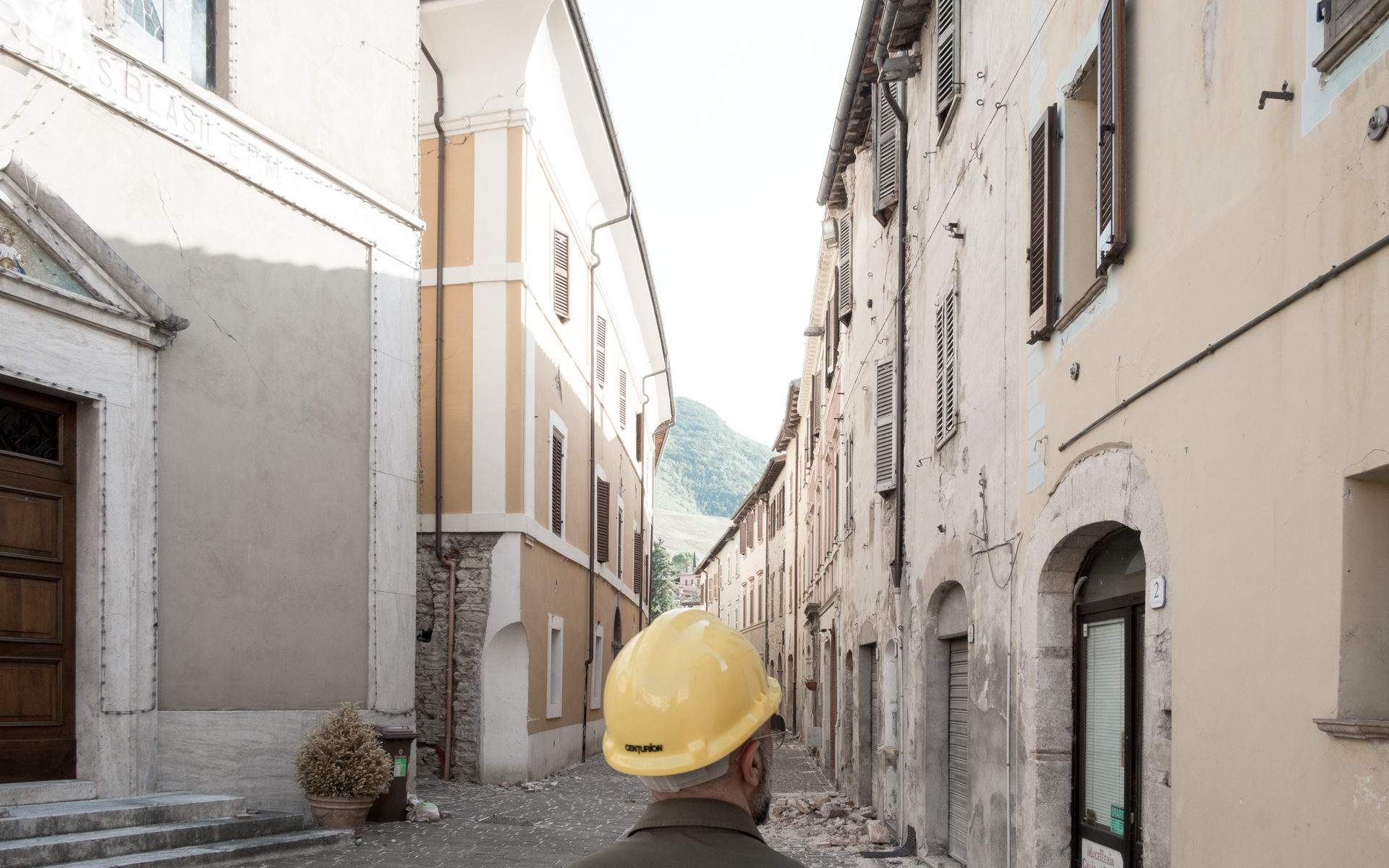
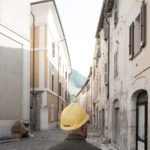


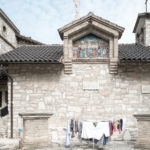

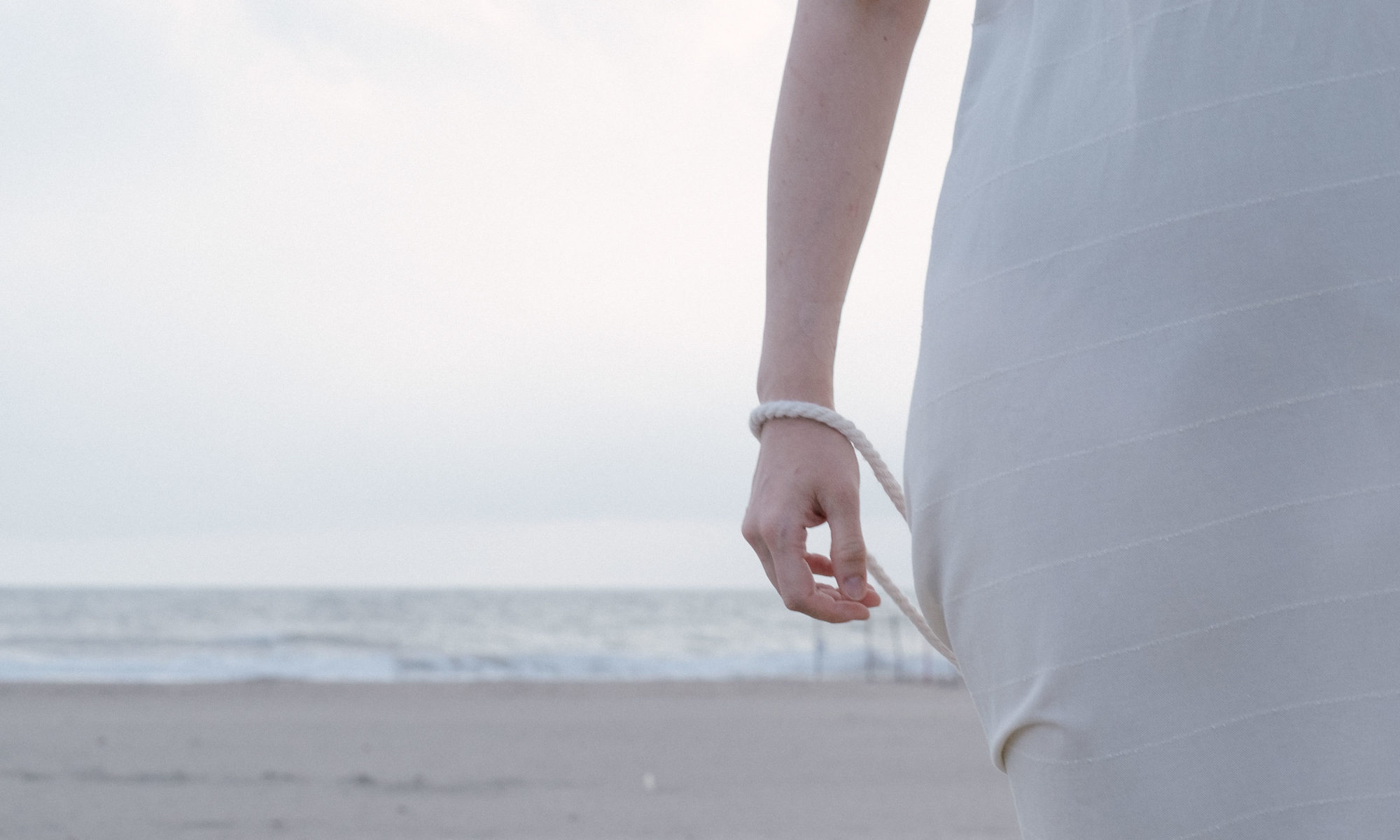
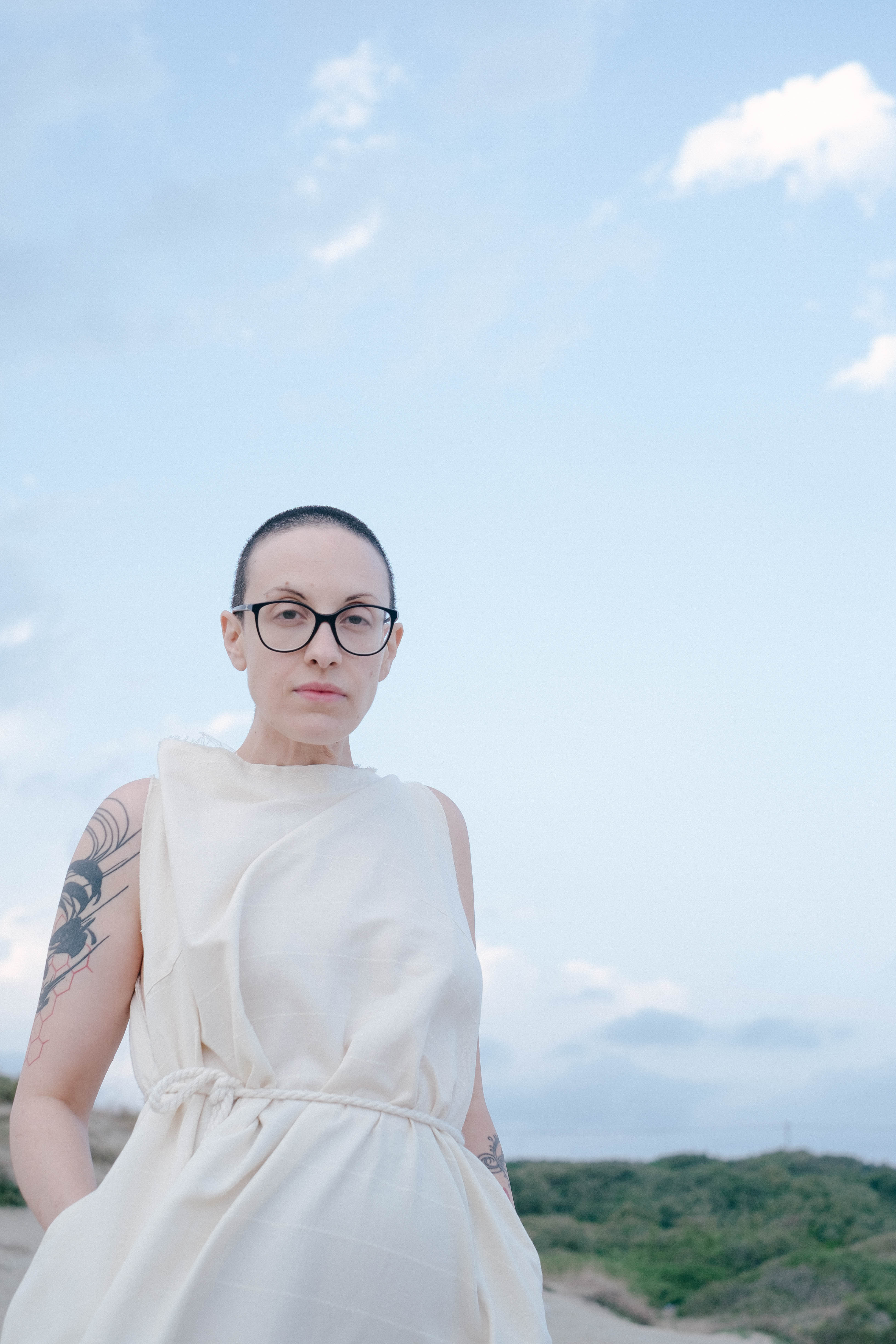
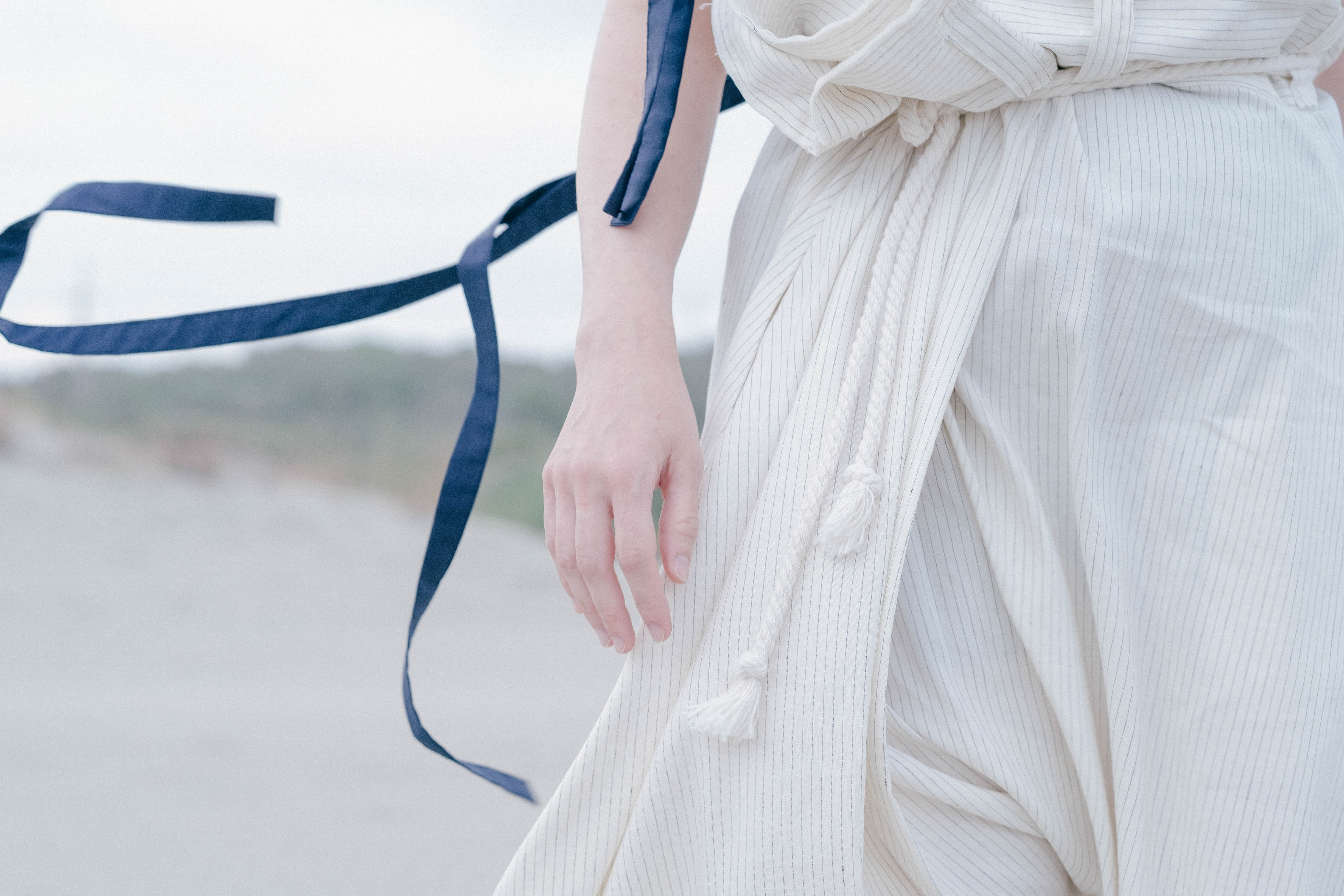
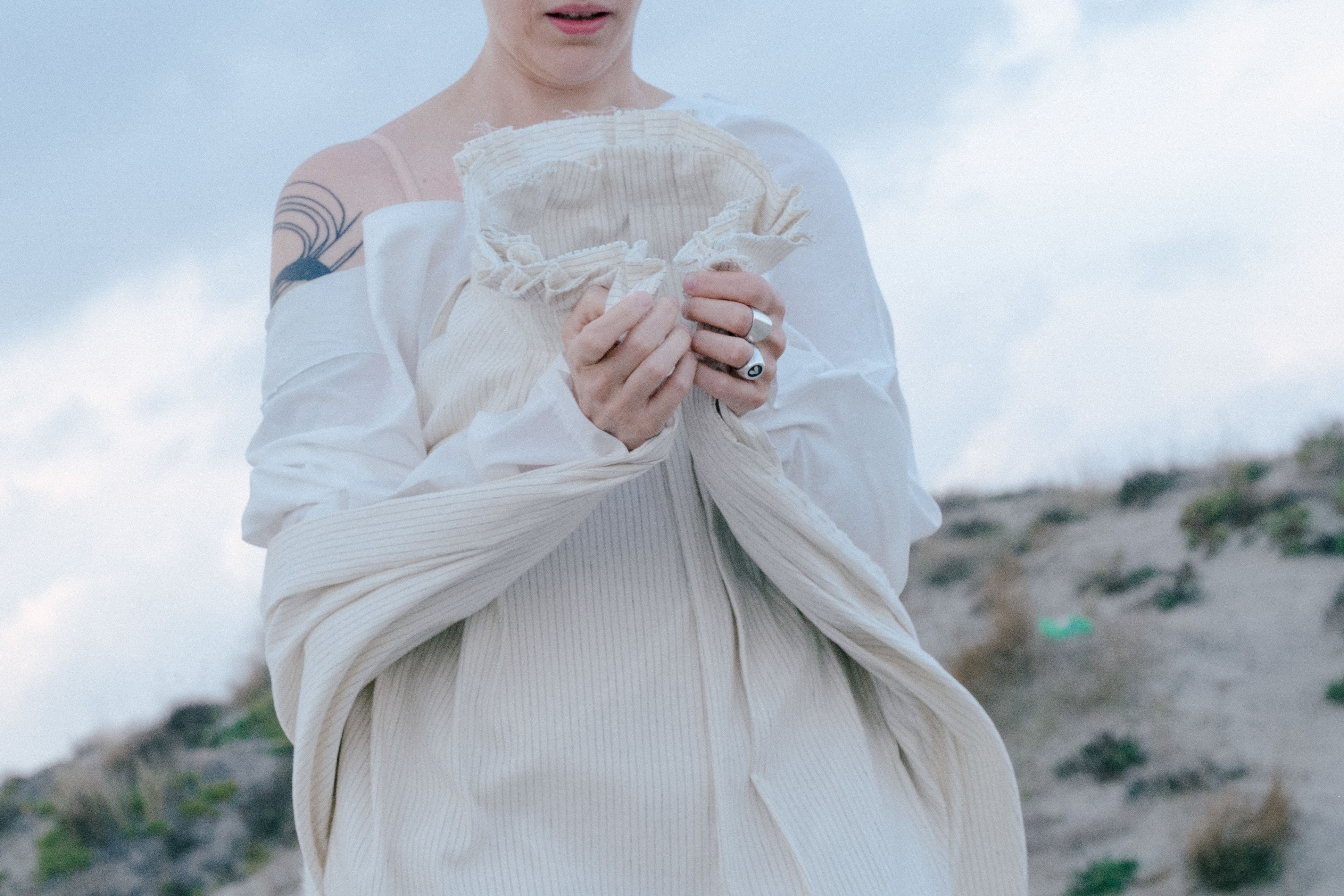
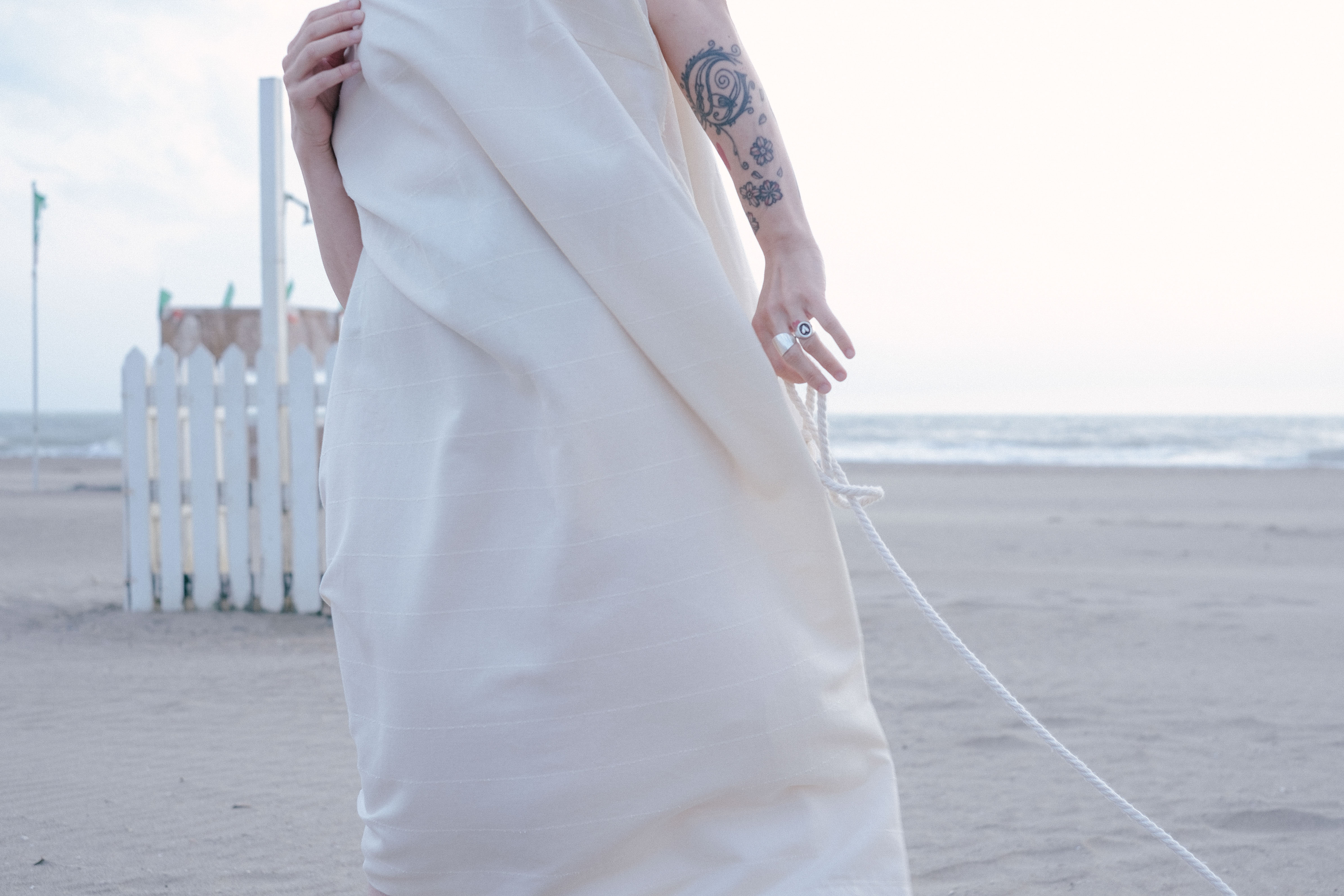





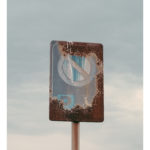


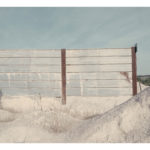

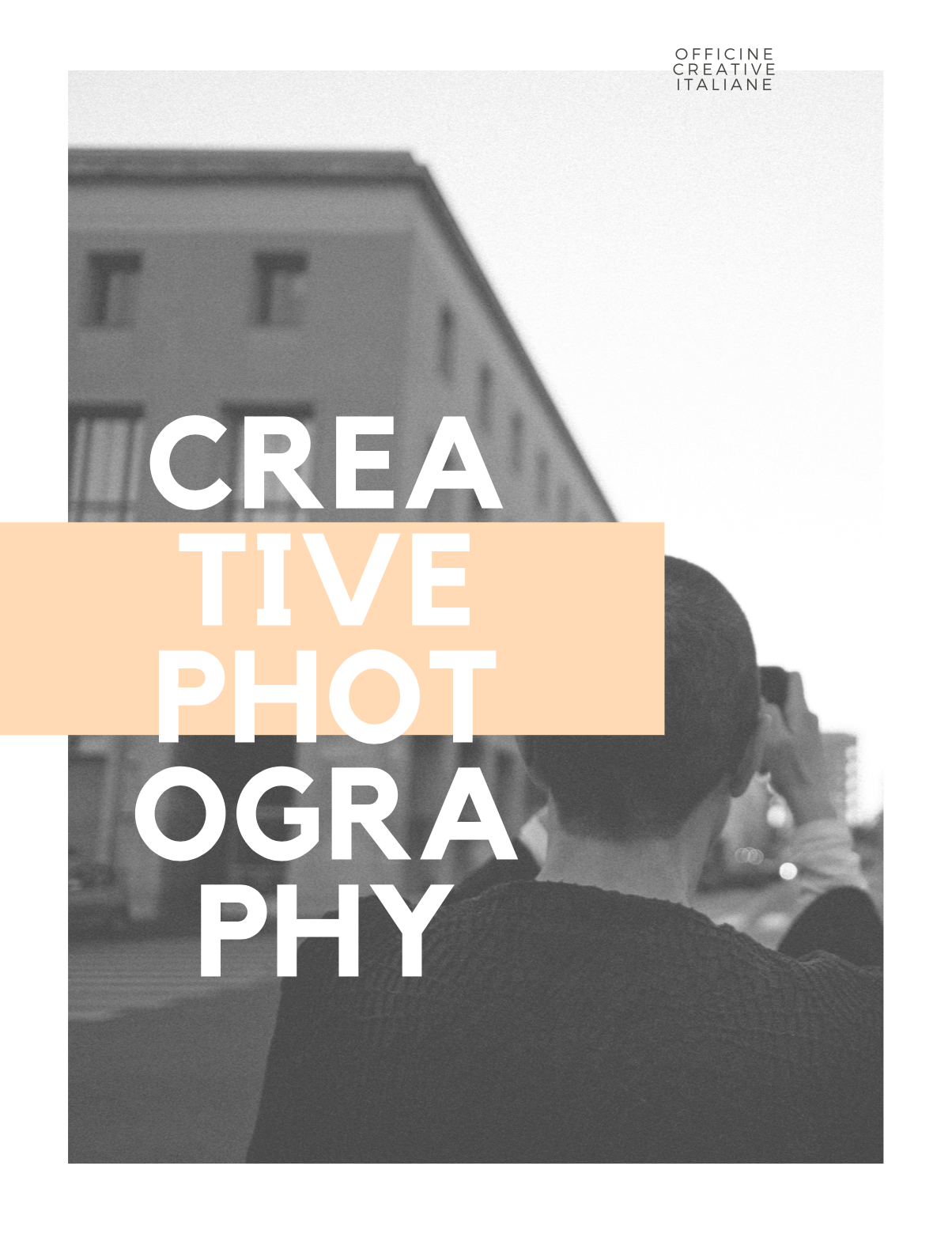 Date un’occhiata alla nostra nuova
Date un’occhiata alla nostra nuova 
